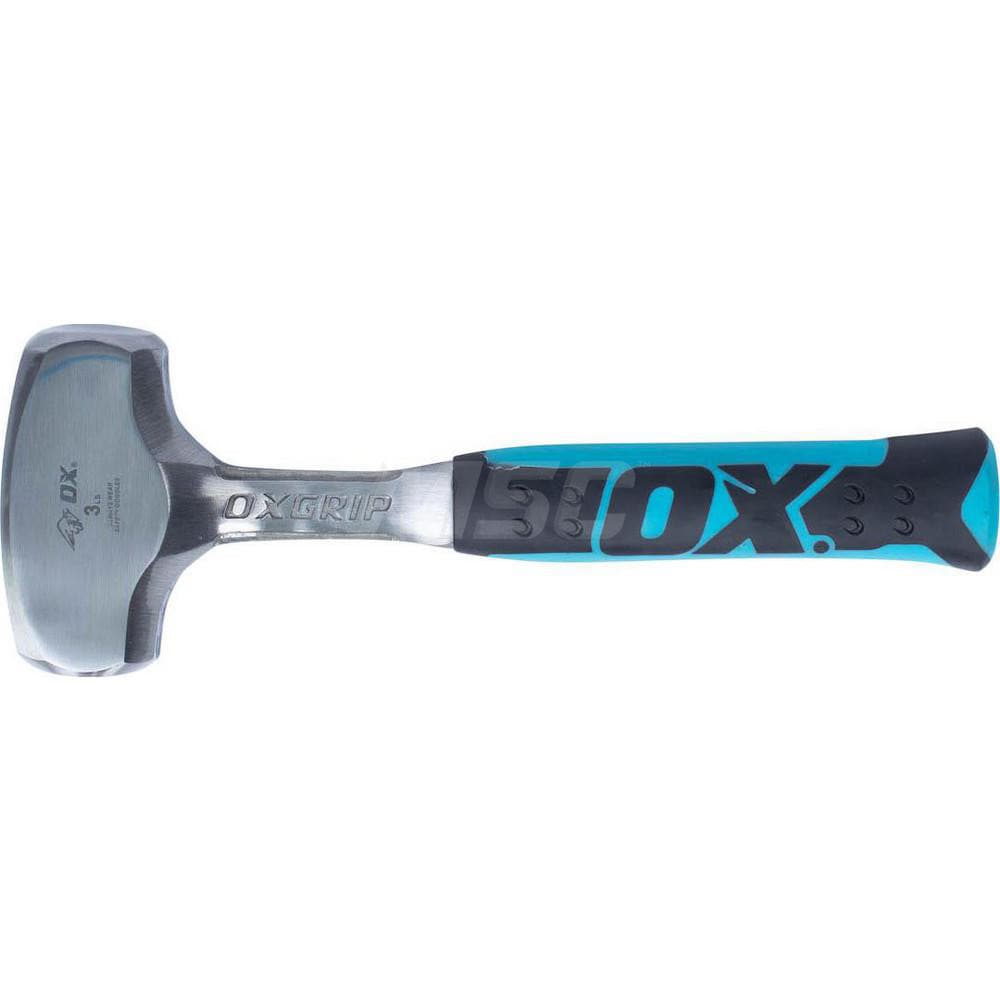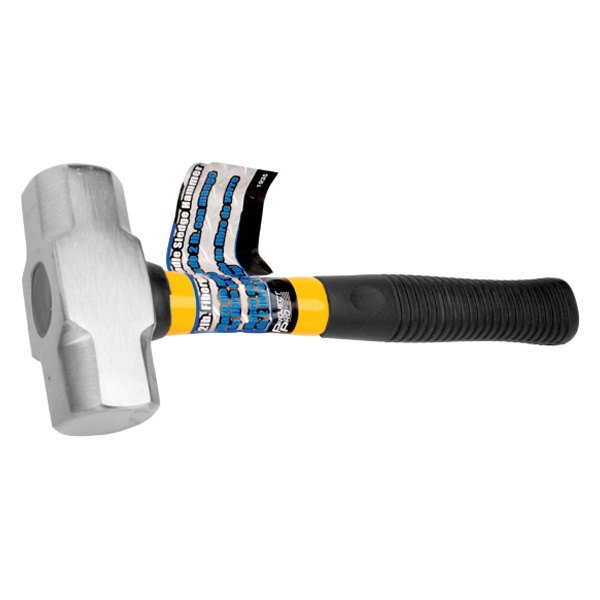
Unleashing Force and Precision: The Sledgehammer Tool
Introduction
The sledgehammer is a quintessential tool renowned for its powerful and forceful impact, making it an indispensable asset across various industries and applications. From construction and demolition to blacksmithing and landscaping, the sledgehammer tool embodies the fusion of strength and precision, wielding its influence in diverse tasks that demand robustness and impact force. In this comprehensive guide, we will explore the multifaceted utility, design variations, safety considerations, and best practices associated with the sledgehammer tool, unveiling its role as a stalwart companion in the realm of heavy-duty manual labor and industrial applications.
Part 1: History and Evolution of the Sledgehammer
Level 1: Introduction to the sledgehammer’s history
The sledgehammer tool has an illustrious history, tracing its origins back to ancient times, where its fundamental design and functionality have withstood the test of time.
Level 2: Detailed exploration of the sledgehammer’s evolution
- Ancient Origins: The concept of the sledgehammer dates back to ancient civilizations, where its use in construction, forging, and quarrying tasks laid the foundation for its enduring role as a powerful and versatile tool.
- Industrial Revolution: The industrial revolution marked a significant period in the advancement and refinement of the sledgehammer, with the evolution of manufacturing processes leading to enhanced designs, ergonomics, and material compositions to optimize its utility and impact performance.
Part 2: Variants and Specialized Designs
Level 1: Introduction to sledgehammer variants
The sledgehammer’s utility extends to a diverse array of specialized designs and variants tailored for specific industry requirements and applications.
Level 2: Detailed showcase of sledgehammer variants and specialized designs
- Engineer’s Sledge: Engineer’s sledges feature a flat, wedge-shaped head designed for precision striking, riveting, and shaping in metalworking, fabrication, and forging tasks, highlighting their suitability for meticulous and controlled impact.
- Drilling and Spike Mauls: Sledgehammers designed with drilling ends, spike mauls, or pointed heads are tailored for utility and municipal applications, showcasing their adeptness in tasks such as driving stakes, piercing hard surfaces, breaking concrete, and general demolition work.
Part 3: Utilitarian Applications and Industrial Functions
Level 1: Introduction to the sledgehammer’s utilitarian applications
The sledgehammer’s utilitarian applications span across a broad spectrum of industrial, construction, and demolition tasks, underpinning its role as an indispensable companion in heavy-duty labor and industrial functions.
Level 2: Detailed exploration of utilitarian applications and industrial functions
- Construction and Demolition: The sledgehammer’s robust impact and force find extensive utility in construction and demolition tasks, including breaking concrete, driving stakes, and shattering rock, exemplifying its essential role in heavy construction and infrastructure development projects.
- Blacksmithing and Forging: Blacksmithing and forging tasks benefit from the sledgehammer’s impact force and precision striking, catering to the shaping, bending, and manipulation of hot iron and forging materials, underscoring its valued place in traditional and contemporary metalworking applications.
Part 4: Safety Protocols and Best Practices
Level 1: Introduction to safety protocols and best practices
The sledgehammer’s formidable force demands adherence to rigorous safety protocols and best practices to ensure the security and well-being of operators and individuals within the work environment.
Level 2: Detailed overview of safety protocols and best practices
- Personal Protective Equipment (PPE): Operators wielding sledgehammers must don appropriate personal protective equipment, including safety glasses, helmets, and non-slip footwear, to mitigate the risk of injury from material debris, rebounding impacts, or slipping hazards.
- Striking Techniques: Proper striking techniques, including holding the sledgehammer with both hands, maintaining a stable stance, and executing controlled strikes, are imperative to ensure precision, minimize fatigue, and reduce the risk of errant impacts or injuries during use.
Part 5: Maintenance, Care, and Longevity
Level 1: Introduction to maintenance, care, and longevity
The sledgehammer’s durability and longevity hinge on meticulous maintenance and care practices, ensuring its optimal performance and durability throughout its service life.
Level 2: Detailed maintenance, care, and longevity practices
- Inspection and Cleaning: Regular inspection and cleaning of the sledgehammer, including the removal of rust, dirt, or debris, and thorough assessment of handles and heads, are critical to maintaining its structural integrity and performance reliability.
- Handle Replacement and Repair: Timely handle replacement or repair in response to wear, damage, or structural compromise is essential to sustain the sledgehammer’s functionality, mitigate the risk of accidents or breakage, and extend its service life.
Part 6: Adaptations and Innovation in Sledgehammer Technology
Level 1: Introduction to adaptations and innovation in sledgehammer technology
Sledgehammer technology has witnessed notable adaptations and innovative advancements, amplifying its utility, ergonomics, and performance across various industries and applications.
Level 2: Detailed examination of sledgehammer innovations
- Anti-Vibration Technology: Modern sledgehammer designs incorporate anti-vibration technologies, including shock-absorbing handles and dampening materials, to attenuate recoil and minimize operator fatigue during prolonged use, enhancing user comfort and safety.
- Composite Materials and Weight Distribution: Innovations in sledgehammer construction, utilizing advanced composite materials and optimized weight distribution, seek to improve balance, maneuverability, and impact efficiency, aligning with contemporary ergonomic standards and user preferences.
Part 7: Environmental Impact and Sustainable Practices
Level 1: Introduction to environmental impact and sustainable practices
The sledgehammer’s utility across various industries underscores the importance of embracing sustainable practices and environmental stewardship in its production, utilization, and eventual recycling or disposal.
Level 2: Detailed overview of sustainable practices in sledgehammer utilization
- Durable and Recyclable Materials: Manufacturers are increasingly focusing on utilizing durable, recyclable materials in sledgehammer construction, promoting sustainability and minimizing environmental impact throughout the tool’s lifecycle.
- Ergonomic Designs and Longevity: Ergonomic designs and longevity-focused engineering in sledgehammers contribute to reduced material waste, emphasizing durable, long-lasting tools that uphold sustainability through prolonged usability and reduced need for frequent replacements.
Part 8: Modern Applications and Sledgehammer Innovations
Level 1: Introduction to modern applications and sledgehammer innovations
The modern landscape of industry and construction continues to witness innovative applications and adaptations of the sledgehammer, reflecting its enduring relevance and utility.
Level 2: Detailed exploration of modern applications and sledgehammer adaptations
- Precision Demolition and Renovation: Modern construction, renovation, and demolition practices incorporate sledgehammers configured for precision strikes, controlled impact, and meticulous material removal, enabling nuanced use in diverse structural and home improvement projects.
- Industrial Automation and Robotics: Innovations in industrial automation and robotics have led to the integration of automated sledgehammer applications in heavy manufacturing and fabrication processes, leveraging precision striking and controlled force in machinery and assembly line operations.
By embracing adaptations and sustainable practices while exploring modern applications, the sledgehammer continues to embody the seamless fusion of force, precision, and contemporary innovation, showcasing its enduring relevance and versatility in a dynamic industrial landscape.
Conclusion
The sledgehammer tool stands as a symbol of strength, precision, and unparalleled impact force, embracing its role as an indispensable tool across construction, demolition, industrial, and artisanal applications. From its historic lineage and specialized designs to utilitarian functions, safety protocols, and longevity practices, the sledgehammer’s influence reverberates across a myriad of professional domains, underscoring its status as an enduring emblem of forceful efficacy and manual dexterity.
Whether wielded in ancient civilizations or integrated into modern industrial practices, the sledgehammer remains an embodiment of unyielding might and calculated force. As technology, materials, and applications continue to evolve, the sledgehammer persists as a testament to both historical legacy and ongoing innovation. With a legacy stretching across millennia, the sledgehammer stands as a symbol of craftsmanship, adaptability, and unadulterated strength. From construction sites to blacksmith forges, and from artisanal workshops to cutting-edge industrial facilities, the sledgehammer endures as an enduring icon, reflecting the duality of formidable force and precise impact harnessed by skilled hands. Its timeless presence is a testament to power and precision.


